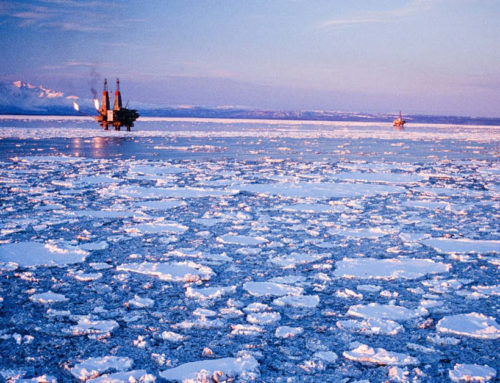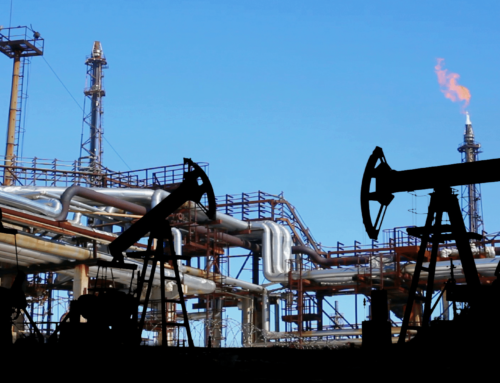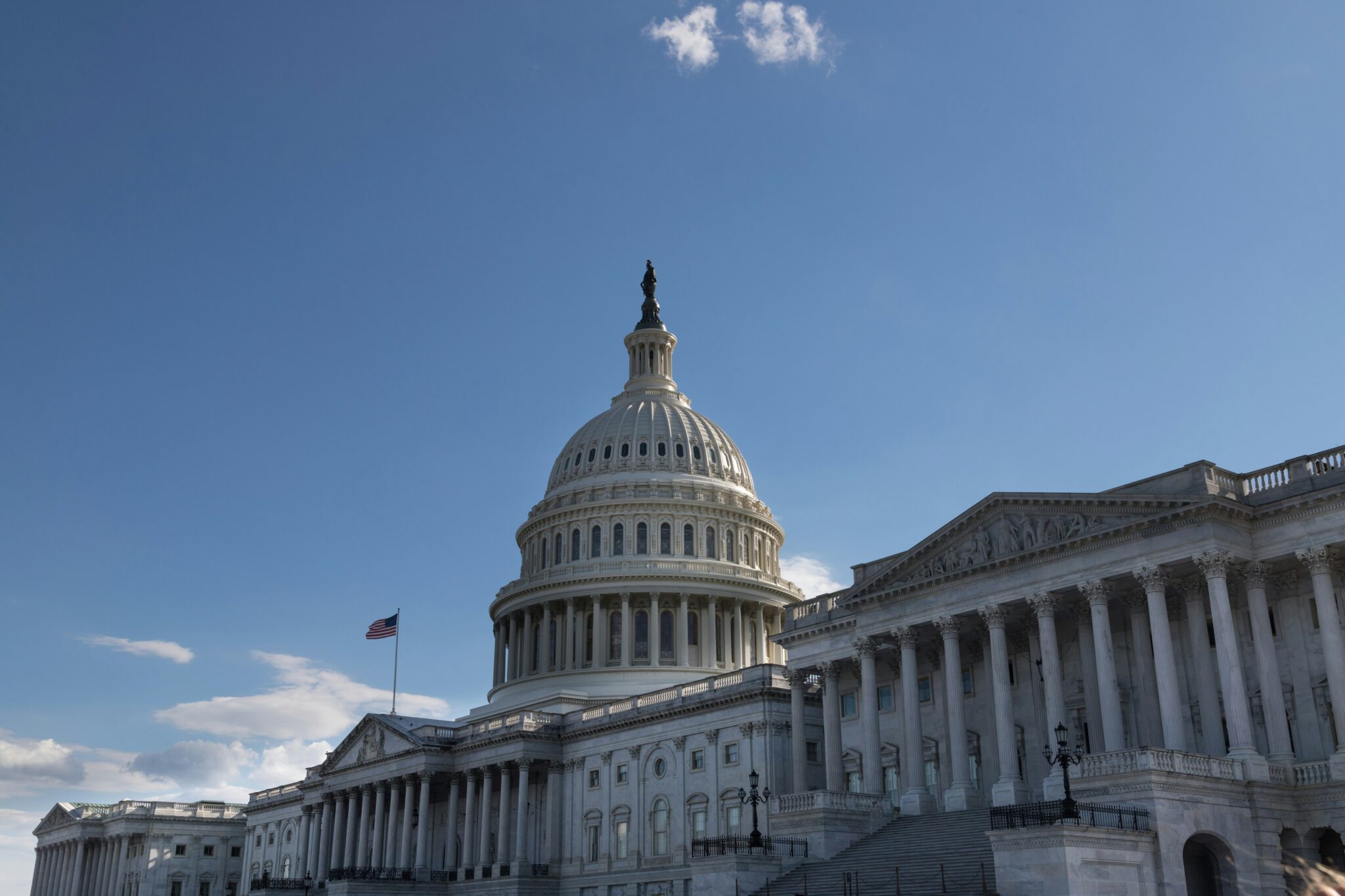FAQ
Oil and Gas Leasing FAQ
Everything you need to know about the federal onshore oil and gas leasing program
Below, you can find answers to several frequently asked questions (FAQs) primarily focused on onshore federal oil and gas leasing to help you understand how the leasing system works, why recent rules were badly needed, and what all of this means for taxpayers.
For further, more in-depth information, visit our page on how recent reforms to the federal leasing system modernized the federal leasing system and secured a fair return for taxpayers.
As its name implies, the Bureau of Land Management (BLM) under the U.S. Department of the Interior (DOI) is responsible for managing 245 million acres of land owned by the federal government. This includes managing all activities on the land, from recreation and conservation to grazing and the production of natural resources like hardrock minerals, coal, oil, and natural gas. The federal government also owns development rights underneath private lands, so the BLM manages 700 million acres of “mineral estate.” The BLM’s rules and processes for managing how companies explore for and develop oil and natural gas on federal lands are referred to as the “federal oil and gas program.”
As part of the program, the BLM holds lease sales that determine who gets exploration and development rights to parcels of federal land, issues rules for responsible development and cleanup, and conducts enforcement activities to ensure compliance. At the end of fiscal year 2023, the BLM was managing around 33,700 leases covering nearly 23.2 million acres of federal land. The leases are primarily concentrated in five western states (Colorado, Montana, New Mexico, Utah, Wyoming) and Alaska, where leases are in the National Petroleum Reserve-Alaska (NPR-A) and operate under separate rules. This FAQ mostly describes the federal oil and gas program in the Lower 48 states.
In 2023, roughly 11.3% of oil and 8.3% of natural gas produced in the U.S. came from federal lands.
By law, it is federal policy that taxpayers must receive “fair market value for the use of public lands and their resources.” The federal oil and gas program tries to collect this value for taxpayers at separate points in the leasing process:
- Bonus Bid Revenue: To capture the value of the right to explore for and develop federal oil and gas resources, the BLM sells leases to the highest bidder in a live auction.
- Rent: To capture the value of holding onto federal land (and preventing some other uses of it), the federal government charges lease holders rent.
- Royalty Rate: To capture the value of the oil and gas itself, the BLM charges operators a set percentage of the resources’ value when they sell the oil and gas to others.
Nearly half (49%) of all revenue generated by federal oil and gas leases is shared with the states where the leases are located. Aside from direct revenues, oil and gas development on federal land also benefits taxpayers by supporting economic activity.
To find a more detailed walkthrough of the leasing process, read our Oil and Gas Leasing 101.
The Secretary of the Interior is required to hold lease sales at least quarterly in every state where unleased lands are eligible under the Mineral Leasing Act. Lease sales are now held through a commercial online website called EnergyNet.
The lease sale process begins with public nominations of available lands to be included in a sale, for which entities must submit a $5/acre Expression of Interest fee. The BLM state office considers these nominations and conducts an environmental review. Based on that review, the state office then issues a notice of sale, with a period for public comments or formal protests on the proposed leases. After the comment period, the state office publishes the final list of tracts available for lease and opens online bidding.
Lands that are offered for sale go through a competitive bidding process and the legal minimum for a bid, also known as the bonus bid, is set at $10/acre. Companies who win the bid must pay the BLM an application fee, the bonus bid amount, and the first year’s rent priced at $3/acre.
Over the course of the lease, lessees must pay rent during periods of nonproduction–$3/acre for the first two years of the lease, $5/acre for years 3-8 of the lease, and no less than $15/acre for years 9-10. Once production begins, lessees no longer pay rent and instead pay a royalty on the value of total oil and gas produced. The royalty rate is currently set at 16.67%.
On January 27th, just one week after taking office, President Biden signed Executive Order #14008, Tackling the Climate Crisis at Home and Abroad, and paused new oil and gas lease sales on public lands and in offshore waters. The DOI was ordered to conduct a comprehensive review of permitting and leasing practices, which would include reconsidering the royalty rates for coal, oil, and gas. The executive order did not pause any other aspects of oil and gas development, including applications for permits to drill (APD) or production, which usually takes place after land parcels have already been leased. The pause was lifted by court injunction in June 2021.
Through the Unified Agenda of Regulatory and Deregulatory Actions, released in June 2021, the Biden Administration signaled that it would use agency authority to reform the leasing system, which was likely tied to the ongoing DOI review at the time. The DOI issued their federal leasing report in November 2021 after the comprehensive review, further reaffirming the need for reform.
In August 2022, the Inflation Reduction Act (IRA) introduced significant changes for oil and gas leasing over the next ten years. Under these reforms, the federal onshore royalty rate was set at 16.67% until August 2032. Rental rates were raised to $3/acre for the first two years, $5/acre for years three to eight, and then no less than $15/acre for years nine and ten; and the minimum bid was raised to $10/acre. The IRA also abolished noncompetitive leasing and implemented an expression of interest fee for entities nominating land for competitive lease sales.
In April 2024, BLM released a final oil and gas leasing rule which codified many of the provisions passed in the IRA, in addition to implementing new reforms. The rule increased the minimum bond amount to $150,000 for a single well, $500,000 for a statewide bond, and eliminated nationwide and unit bonds. The rule will also help direct leasing to appropriate locations by instituting preference criteria. For more information on the final oil and gas leasing rule, see our analysis here.
For decades, TCS has raised the alarm that many provisions of the oil and gas leasing program were woefully out of date and were preventing taxpayers from receiving a fair return on investment. For most of the last century, the federal government has allowed the oil and gas industry to profit from the sale of taxpayer-owned resources without adequately compensating taxpayers. Until this year, the federal government’s fees were outdated and well below the market rate; the federal government charged a 12.5% royalty, a rental rate of $1.50/acre or $2/acre, and a minimum bid of $2/acre. Taxpayers had been losing money at every step of the oil and gas leasing process. We believe that taxpayers win when we fix the broken and outdated leasing system and bring it into the 21st century.
Related Posts
Most Read
Recent Content
Our Take
Jul 14, 2025 | 9 min read
Stay up to date on our work.
Sign up for our newsletter.
"*" indicates required fields










